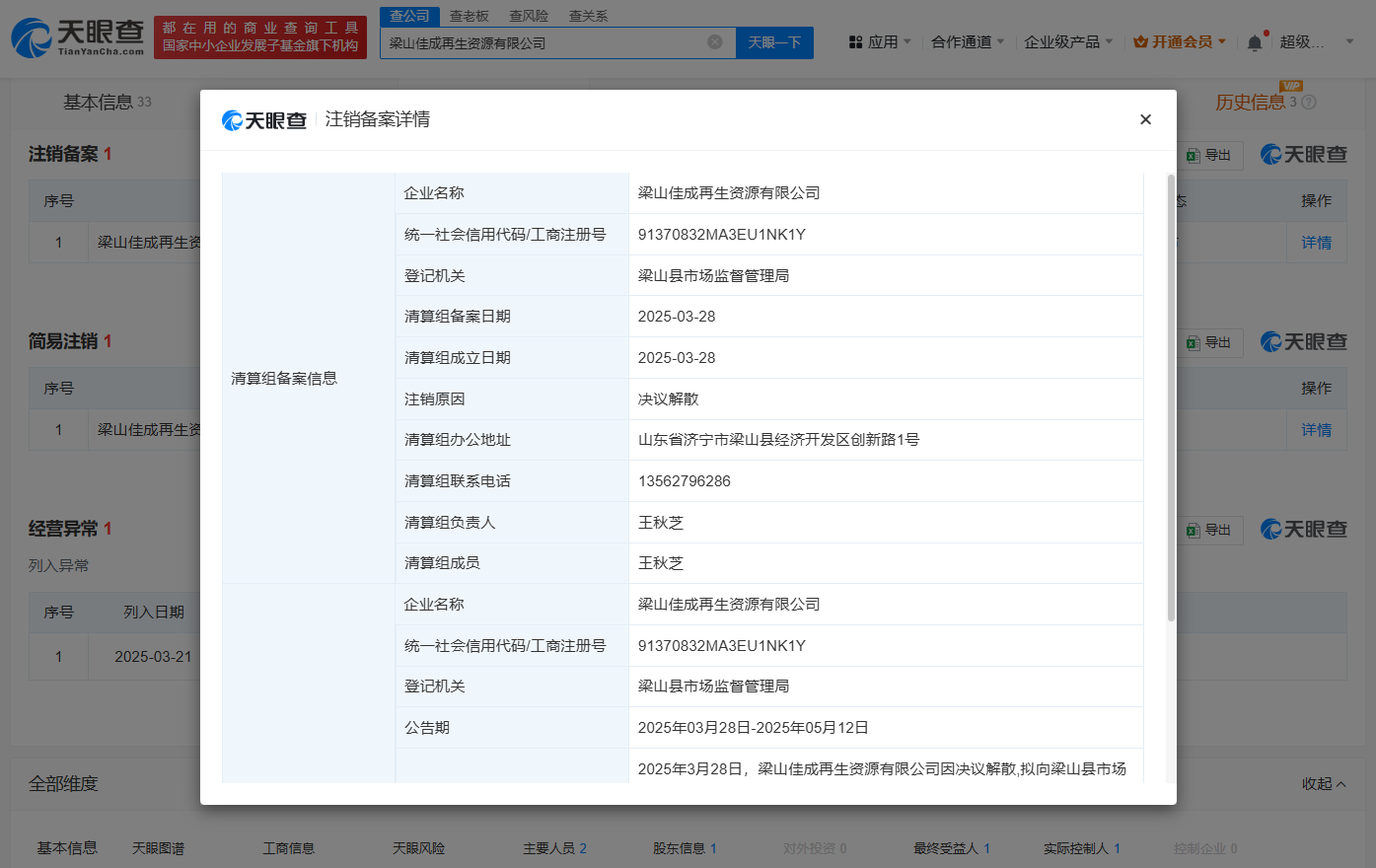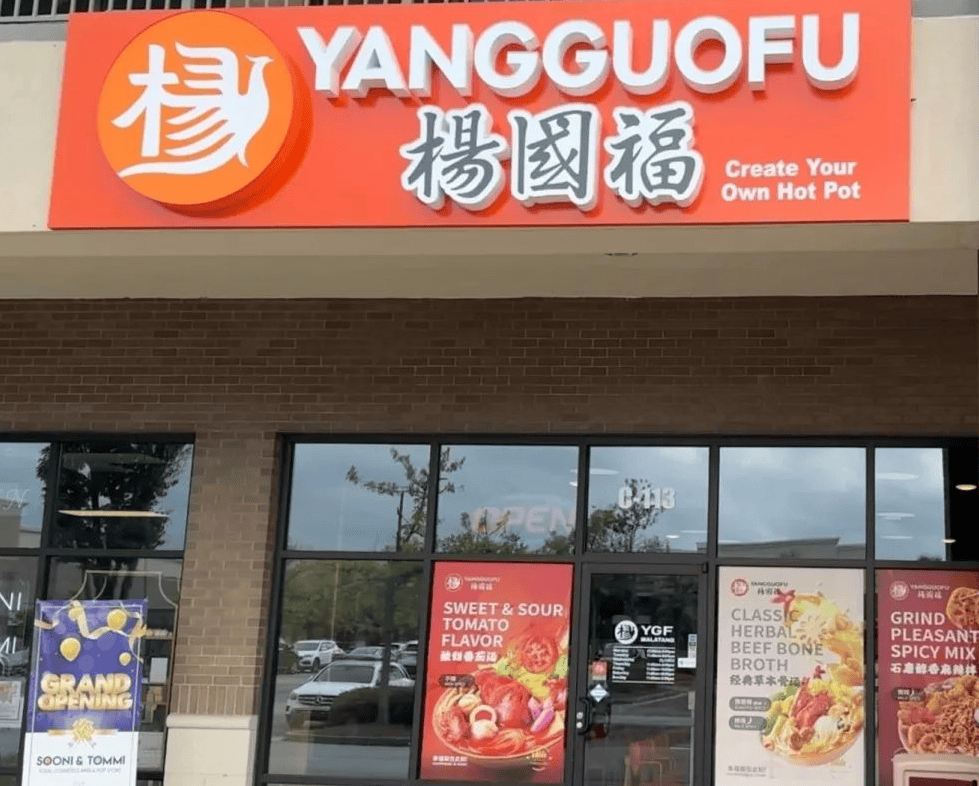As the year 2024 winds down, the fast fashion industry's dramatic changes have not subsided, but instead have revealed a clearer competitive landscape.
Recently, major fast fashion giants have reported signs of recovery. On December 11th, Inditex Group, the parent company of ZARA, released its third quarter financial report, showing a 7.1% increase in total revenue to 27.4 billion euros for the first three quarters, with net profit rising 8.5% to 4.4 billion euros. Similarly, Uniqlo's performance in the 2024 fiscal year has been impressive, with revenue up 12.2% to 3.1 trillion yen and operating profit soaring 31.4% to 500.9 billion yen.
On the other side, emerging e-commerce platforms SHEIN and Temu continue to gain momentum. According to The Information, SHEIN achieved a total revenue of $18 billion in the first half of the year, a 23% increase, despite a deceleration in growth, but its market influence remains significant.
In recent years, the fast fashion industry has experienced numerous setbacks, including store closures, brand changes, and the end of the golden era. However, after these tumultuous times, the fast fashion industry seems to have found two distinct development paths: one towards luxury and the other towards extreme affordability.
Old-school fast fashion giants like Uniqlo, ZARA, and H&M are accelerating their transition towards luxury. They are adjusting their store strategies, closing small and standard stores, and instead opening large flagship stores to enhance brand image. The offline channel, as a pillar and showcase of these brands' performance, has become a crucial window to demonstrate their new image.
Taking ZARA as an example, although the number of stores has decreased, the average store size has been expanding. Inditex Group aims to increase the physical store area by about 5% annually from 2024 to 2026. Similarly, GAP is accelerating its store strategy adjustments, particularly in China, where GAP not only opens new stores in first-tier cities but also targets several new first-tier cities, often locating in popular business districts and the prime locations of upscale shopping centers.
These brands' new stores are not only larger but also more luxurious in design, aiming to attract urban middle-class and white-collar consumers. In November, Uniqlo announced a new strategy, clearly stating that it will replace small-scale, low-profit stores with large, high-quality stores. H&M has also opened several large flagship stores in key markets such as Europe, the United States, and China, with the H&M flagship store on Nanjing East Road in Shanghai being a major highlight in the Chinese market.
With the intensification of competition in the fast fashion industry, old-school giants are using luxury strategies to enhance brand value and market competitiveness. Meanwhile, emerging e-commerce platforms continue to attract young consumers with extreme affordability. The future of the fast fashion industry will likely present a more diverse competitive landscape as these two distinct paths unfold.







暂无评论